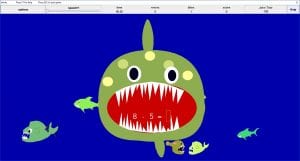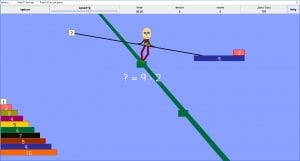Cubetto is a friendly wooden robot that will teach children the basics of computer programming through adventure and hands on play.
Over the course of a few sessions we had a group of 6 children with a variety of special needs. One had visual impairment, one was in a wheelchair and 2 were on the autistic spectrum. The others had global delay. Our learning intentions were:
- to describe uses of technology
- to understand how robots are used
- to explain what computer programming is
- to understand and create simple algorithms
- use symbols for direction and turn in a simple program or sequence of actions.
- identify obvious errors in a sequence and correct them
- program a robot to travel round a map or maze.
- to see patterns and begin to understand loops
- to use procedures.
We had spoken about robots and how they work, how they need to be programmed and we talked about all the jobs that robots can do (building cars, overhead photography, drive cars etc)
I had been teaching the group about giving instructions. One of our colleagues had donned a special hat and become a robot that the children programmed. And they had a try at programming each other. We gave our “robots” one instruction at a time and then tried giving more instructions in a list. After playing for a while actually being robots (on foot or from the wheelchair) we moved to using the Cubetto.
We made friends with the Cubetto and looked at the map we were going to make him travel round. We talked about the instructions we might need to give him and then had a good look at the tiles to determine what separate instruction each tile could give. We tried out our instructions verbally as we put the tiles into place in a sequence. Then we tested our sequence of instructions, debugging as a group if the Cubetto didn’t go where we wanted him to.
The children took turns to create sequences of instructions but the group helped with de-bugging.
One other activity we did was taking turns to give the instructions to someone who would then put the appropriate tiles into the control panel. They had to listen to each other carefully and had to formulate their sentences clearly as well.
In another session I taught the children about iteration: repetition of part of the algorithm. Using the function block the children could see that certain parts of our algorithm could be repeated easily.
Another time we discovered how, using the function block, we could embed a little bit of code into the main algorithm.
Cubetto is made of wood and is lovely to hold and use. It works easily with very little explanation; the children could use it by themselves. Teachers and TAs supported by encouraging the children to take turns and to speak to each other clearly.




